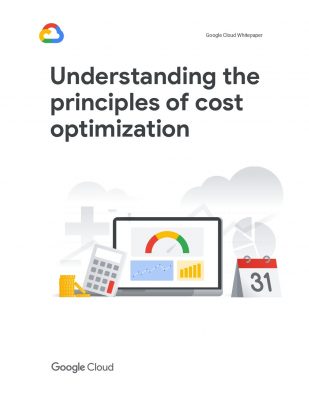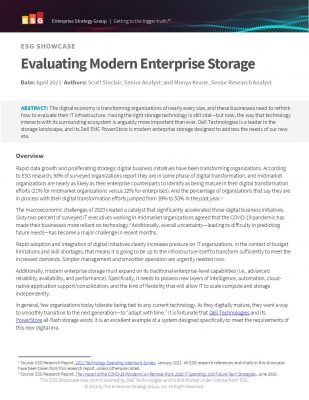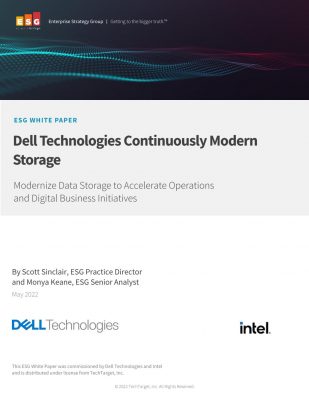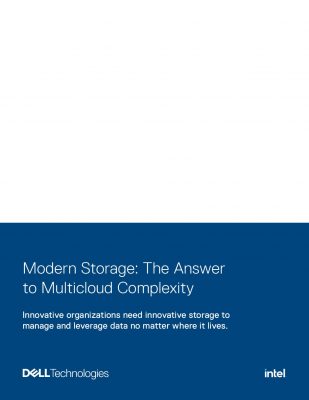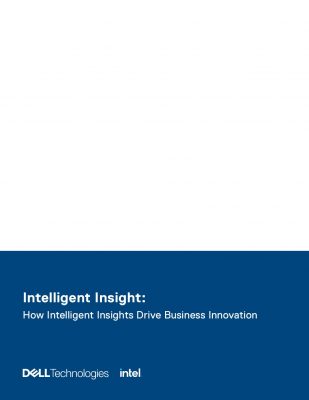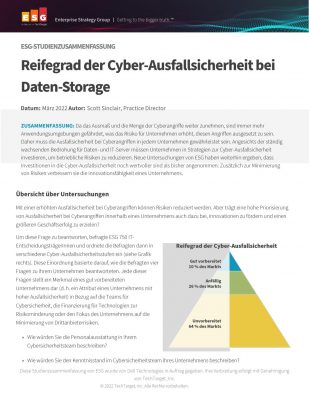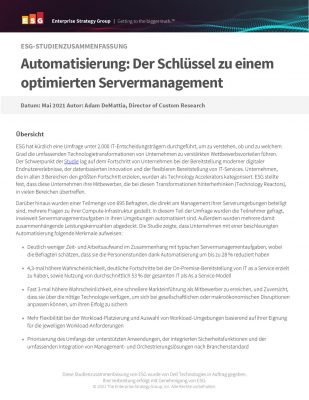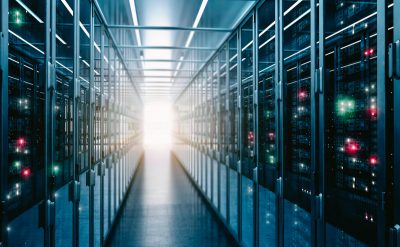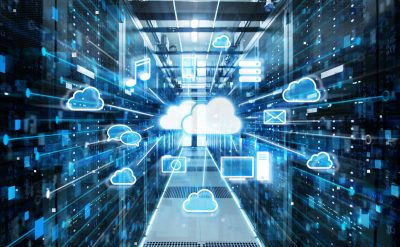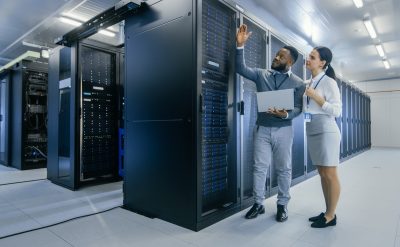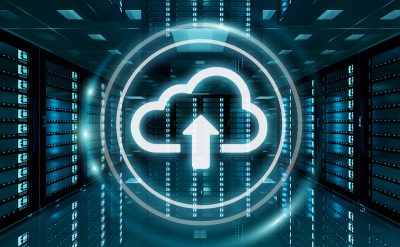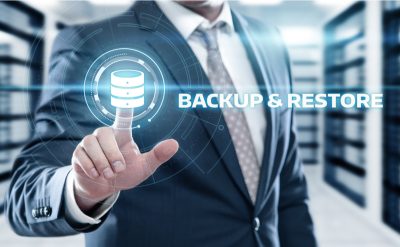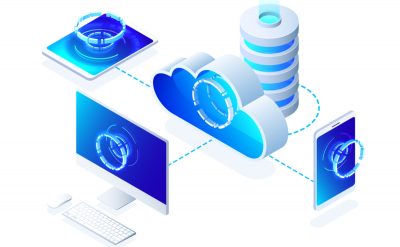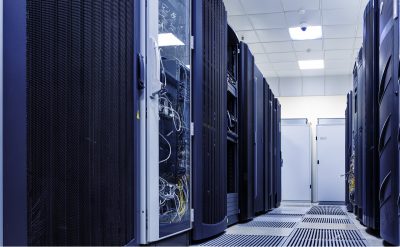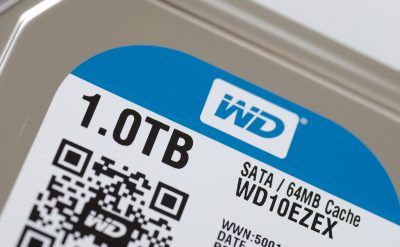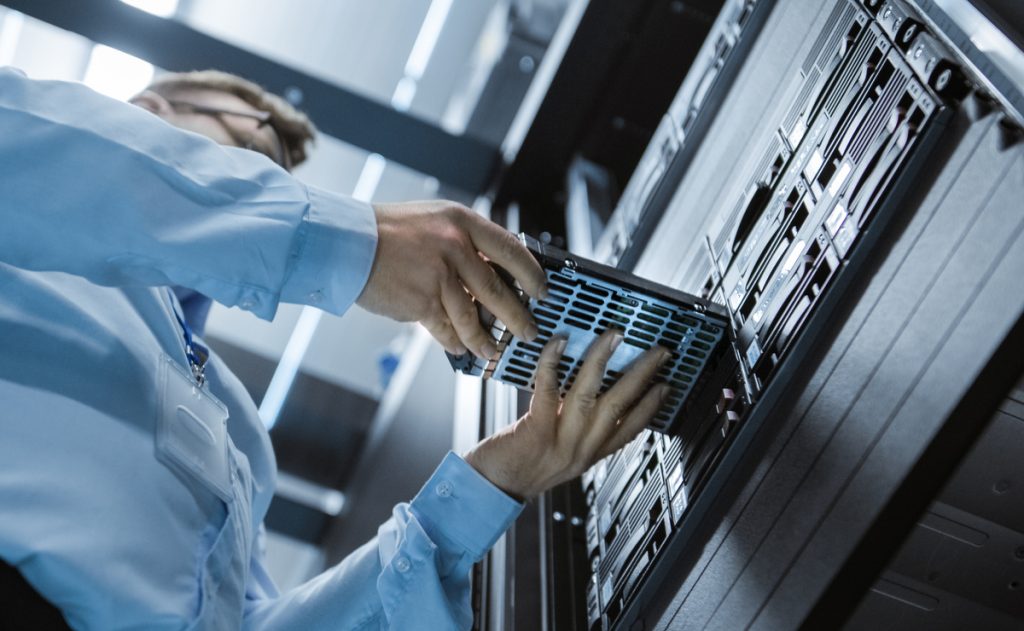Despite being a part of the digital era, imagine for a moment that you lost the ability to remember anything. You and your life won’t be able to function, will it? Well, computers and other technologies work in a similar fashion. Without having the capability to store or retrieve data, computers aren’t useful. Whether it is about writing an email, watching an online video, visiting a website, or using technology in any other way, there is a constant flow of digital transformation that needs to be stored.
Therefore, there are multiple ways in which the data is stored for the technology to serve the purpose.
What is data storage? Definition and technologies
As per the basic terminology, data storage is a term for how information is kept in a digital format that can be used later. The devices that you operate and see on a daily basis, all of them help in storing data. The data technologies or methods of storage have evolved over time, but the basic concept remains the same. Information is stored for use in the future.
What are the different types of storage?
Broadly, there are two major categories of data storage, namely, local storage and remote storage. The following is the list of the most popular types of local storage being used for data backup.
Local Storage Options
1. External hard drive
External hard drive functions in a similar way as an internal hard drive, The external hard drive is quite similar to the hard drive that is installed within a computer or laptop. External and internal hard drives are that external hard drives can be plugged into the computer or removed and kept separate from the main computer, while the internal drive is installed within the computer. Desktop’s external hard drives are cheaper and portable while offering the same amount of storage space. Desktop external hard drives are usually faster and robust.
2. Solid-State Drive (SSD)
SSD (Solid-State Drive) looks and functions similar to traditional magnetic/mechanical hard drives, but the similarities stop there itself. Internally, they are entirely different. Solid-State Drives (SSDs) have no moving parts or rotating platers. They depend completely on semiconductors and electronic devices to complete the process of data storage. Since there is no moving part, it means that they use less power in comparison to traditional hard drives and are much faster. Also, supporting this fact is the factor that the price of SSDs (Solid-State Drives) is coming down, and they have low power usage, which is why they are extensively used in laptops and mobile devices.
3. USB thumb drive or flash drive
These are similar to Solid-State Drives (SSDs), except the fact that they are very small in size and capacity. With no moving parts, they make the device quite robust and diligent. USB thumb drives are extremely portable and can easily fit even in a keychain. This type of storage devices are extremely useful for backing up a small amount of data that needs to be taken on the go.
4. Optical drive
No more popular in the market, but it was ideal for storing a list of songs, media, and movies in the past. Also, it could be shared with friends and family due to its low rates per disk. However, it is not the best option to store data due to shorter lifespan, small storage space, and slow reading ability.
Remote storage options
Below is a popular and proven method to implement remote storage. With maximum companies operating from remote locations today, it works exceptionally for all of them.
Cloud storage
Cloud storage is a space on a data center and is accessible from any computer with the help of the internet. The service providers of cloud storage are working effectively today to fulfill business needs as they provide storage space for free initially and later charge a basic subscription fee. Some of the famous examples of cloud storage are Amazon S3, Sky Drive, Google Drive, etc.
What are the latest data storage trends for 2020?
As storage managers look ahead to 2020, most of the analysts are expecting a more robust data storage market in comparison to 2019. Some regions of the world, especially Asia, experienced strong growth in enterprise storage, while the US and Europe saw stagnant sales graph. However, as per market researchers, the status of data storage is believed to change in 2020.
1. Storage investment forecasts
The analysts expect an overall growth in the storage investments in 2020, which is, indeed, a piece of good news for the storage vendors. Forrester believes that 2020 will be a pivotal year for data strategy, which will lead to a significant increase in spending on data storage and data management. “Enterprises looking to push more into the cloud and exploit edge computing are also staring at a new reality where the transactional cost of data processing and movement will outstrip storage,” it said in its Predictions 2020 report. “Advanced firms will understand the benefits of getting all of this right and will double or triple their data strategy budget to soar past competitors,” it added.
2. Cloud storage
Cloud storage is very important, but it is making a slow and steady shift. Growing public cloud costs and complexities with cost management are making enterprises to move toward a hybrid storage model.
The long-held perception that eventually all IT will be public cloud-based has already started to fade. The hybrid cloud infrastructure is the de facto of modern IT. And for digital businesses, data is going on and off premises at similar rates. In other words, on-premise will be a part of IT for the foreseeable future. Also, there will be more IT teams to consolidate the groups managing on-premise and cloud storage.
3. Software-defined storage
The software-defined storage is a storage data center architecture that separates the management of storage from the underlying hardware. For the past few years, IT infrastructure has been becoming software-defined, and the trend is not anticipated to disappear anytime soon. Also, the trends toward hybrid cloud and software-defined storage are linked. In the year 2020 and beyond, the notion of hybrid cloud will capture the attention of many.
Though hardware will still remain important and can be located anywhere, the software will continue to coordinate the increasing complexity wherein the location of hardware becomes irrelevant in 2020.
4. Hyperconverged storage
The Hyperconverged Infrastructure (HCI) has offered data centers the ability to develop full integrated systems that can be deployed in a simple way. But there are some trade-offs.
According to many, HCI (Hyperconverged Infrastructure) does not integrate with existing systems. It is too expensive and restricts computation and independent storage. As one would expect, HCI technology is evolving. The software-based approach can provide a hyperconverged system that has the ability to access external storage, present storage to external hosts, and scale storage and do independent computation. Also, a data center has the flexibility to migrate to HCI or traditional model—as and when it is needed.
5. Storage security
There will be more and more spending on storage security in the year 2020. A related growing trend is the demand for trustworthy data. And, enterprise leaders and consumers are becoming more suspicious about the machine learning algorithm used for analyzing data. Thus, as a result, data and storage managers are facing the need not only to prove that their data is safe and secure but also that it is processed with integrity and accountability.
Well, now that our blog has answered some basic questions on data storage, the knowledge dissemination simply does not end here. Stay tuned for our next blog in the series, which brings you face to face about the nuances of cloud storage services and how they are catering to businesses of all sizes and shapes.
Click on the second edition of our blog on Why Cloud Storage Services for All-size Businesses?
To know more about data storage options, you can download our latest whitepapers on Data Storage.

